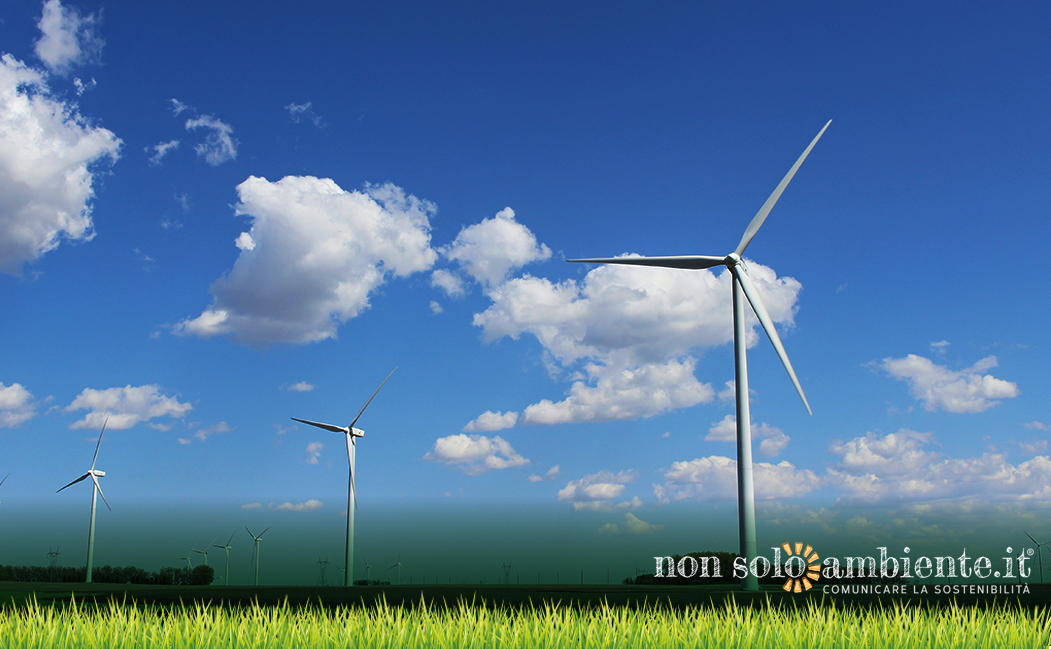
Ultime Notizie

Coronavirus has triggered a series of chain reactions across all economic sectors. From this, some research companies have analysed the electricity generation and electric vehicle market, highlighting their trends for the near future.
In the face of all market projections, the Coronavirus pandemic has hit this 2020, triggering a trail of chain reactions capable of influencing all economic sectors, both locally and internationally and globally. The electricity sector is no exception, which some research companies estimate will undergo major changes due to the impact of the Covid-19.
IHS Markit: the 7 new electricity trends
According to a survey carried out by IHS Markit, there will be a sharp drop in new electricity installations in 2020 than expected. It is estimated that only 290 GW will be installed (a measly 5% compared to 2019) by the end of the year, with 65% of this new capacity coming from wind and photovoltaic plants. A good result for renewables, if we consider that only a 25% share of coal and gas will be reserved for coal and gas. Since this great assumption, there are seven new trends identified by the electricity company 2020, taking into account political factors, technological advances, new business strategies and - as announced - the impact of Coronavirus.
- Subsidy change: Most markets have already shifted from incentive tariffs (FiT), looking for market-driven prices through downward auctions, with renewable auctions aiming for technological neutrality (several green technologies competing with each other);
- Market reforms to meet the need for capacity and balancing services;
- Decrease in the cost of renewable energy;
- Emerging technologies that can further impact costs and performance;
- New market players: More than 200 companies have formally committed to promoting the use of 100% renewable electricity before 2050;
- Strategies for adapting utilities to adapt to new revenue streams;
- Impact of COVID-19: According to IHS Markit, the virus slows the growth of energy demand worldwide, leading to increased competition between coal, gas, nuclear and renewables.
"The extent to which the ambitions of governments and companies will be realised," IHS stresses, "will essentially depend on these seven trends."
Wood Mackenzie: the future of electric vehicles
Another key indicator of the energy transition is electric vehicles. In its "Electric Vehicles 2020" analysis, the research firm Wood Mackenzie studied its trends for the near future. This led to a baseline scenario where global electricity market share will increase from 3% in 2019 to 14% in 2030. Over the same period, the percentage of hybrids will grow from 4 to 9%. By contrast, the penetration of petrol vehicles is expected to fall from 79% to 66%. There are two technologies on which the real leap forward in the sector will be aimed: on the one hand, the energy density, which determines a lower weight of the battery and consequently of the vehicle itself; on the other hand, charging technology, which aims to be much faster and potentially dynamic in the short term so that you can fill up at high speed. A series of improvements that can create a real "avalanche effect" on the cost, weight and range of the vehicle, with important impacts on the volume of demand for electric cars around the world.
Tags:
Potrebbero interessarti ...
Snam’s commitment to sustainability at Dubai Expo 2020
13 Ottobre 2021No more chocolate by 2050 because of extreme droughts effects
22 Settembre 2021How much CO₂ do urban forests absorb?
15 Settembre 2021Iscriviti alla nostra Newsletter!
Sei un sostenitore dell'ambiente in tutte le sue forme? Allora sei nel posto giusto!
Iscriviti subito!




